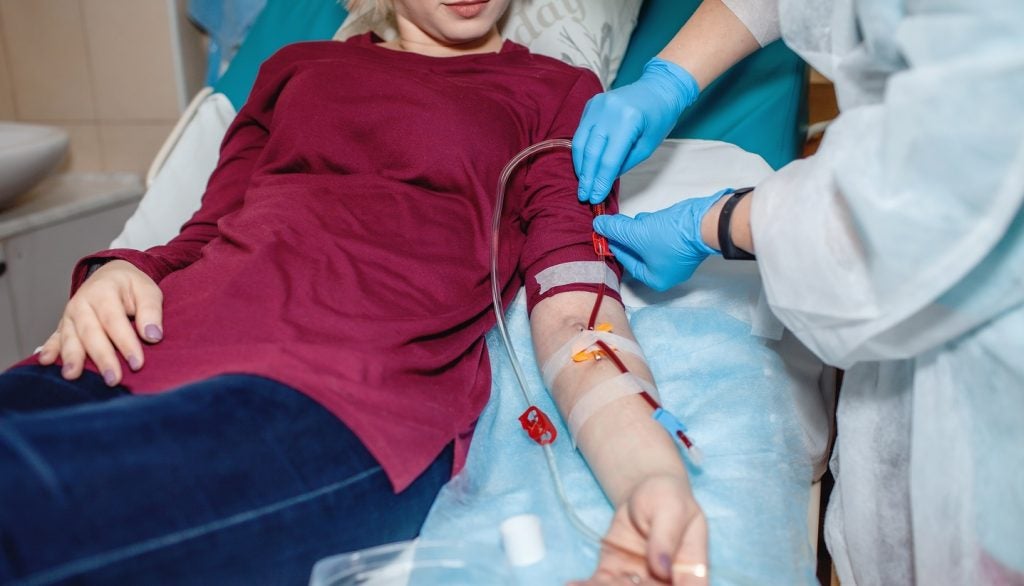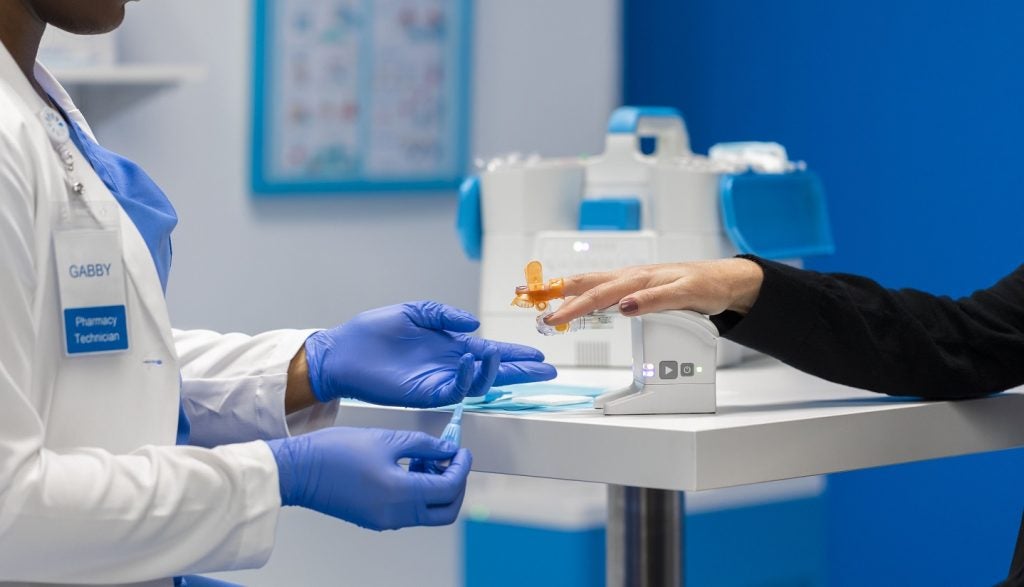Medical device company PAVmed has signed a definitive licensing agreement with academic institutions to develop antibiotic-eluting resorbable ear tubes.
Under the agreement, PAVmed will assume an exclusive worldwide license to develop and market the ear tubes based on aqueous silk technology developed and patented by the collaborating insitutions, Tufts University and two Harvard Medical School teaching hospitals.
The two Harvard Medical School teaching hospitals are Massachusetts Eye and Ear Infirmary and Massachusetts General Hospital.
PAVmed chairman Lishan Aklog said: “We are thrilled to partner with these world-renowned institutions to develop and commercialize this revolutionary technology.
"Academic medical centers and individual clinician innovators have often struggled to advance their medical device innovations to commercialisation.
See Also:
"One of PAVmed’s central goals has been to provide innovators with a rapid, capital-efficient and streamlined pathway to commercialisation, free from traditional structural and capital constraints.
How well do you really know your competitors?
Access the most comprehensive Company Profiles on the market, powered by GlobalData. Save hours of research. Gain competitive edge.

Thank you!
Your download email will arrive shortly
Not ready to buy yet? Download a free sample
We are confident about the unique quality of our Company Profiles. However, we want you to make the most beneficial decision for your business, so we offer a free sample that you can download by submitting the below form
By GlobalData"We anticipate this agreement will serve as a model for future engagements with medical device innovators worldwide.”
According to Harvard Medical School otolaryngology professor Christopher Hartnick, the antibiotic-eluting resorbable ear tube technology will improve pediatric care with complex or recurrent otitis media.
He stated that it has the potential to result in clinical benefits such as eliminating the post-operative ear drop regimen, which is a major challenge for parents, and eliminating the need for a second operation to remove retained tubes.
The ear device will also lead to lesser complications such as ear tubes remaining in the ear canals after getting detached and causing pain or bleeding, which may necessitate a separate procedure to remove the tubes, or obstructing a clear view of the ear drum to identify occult middle ear infection.






